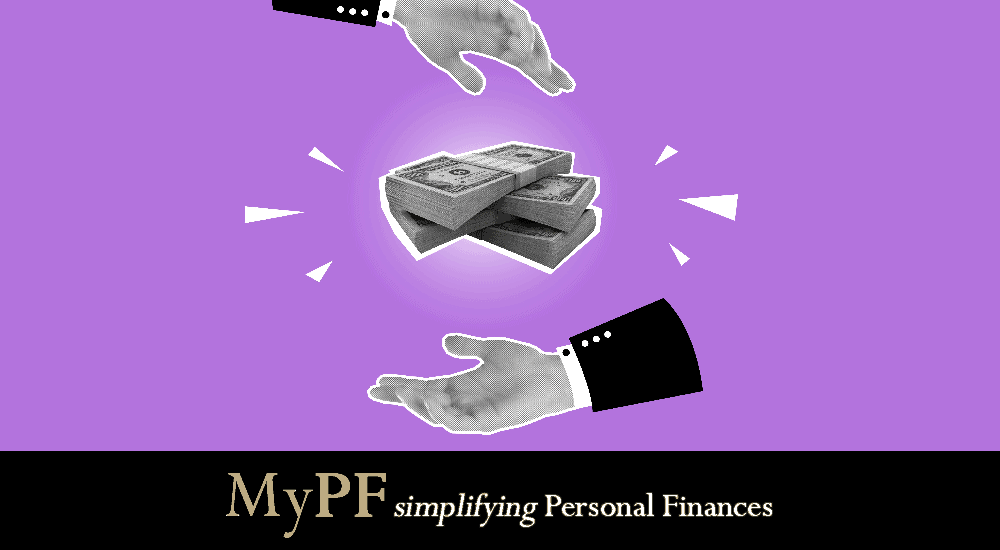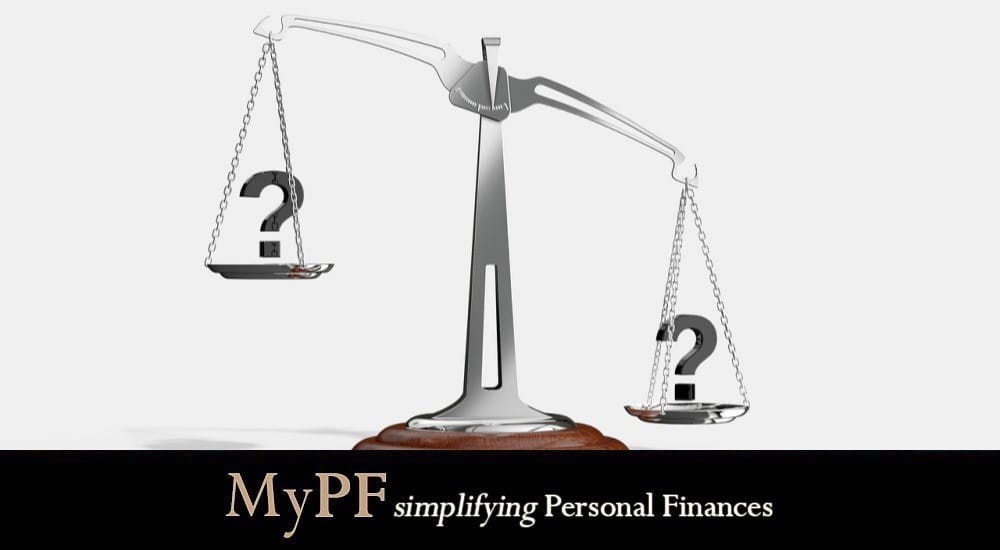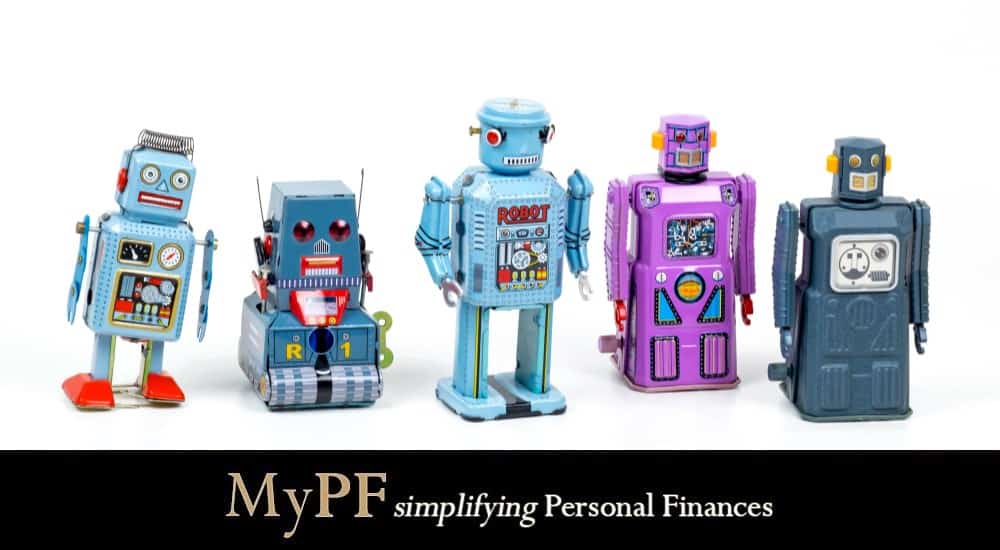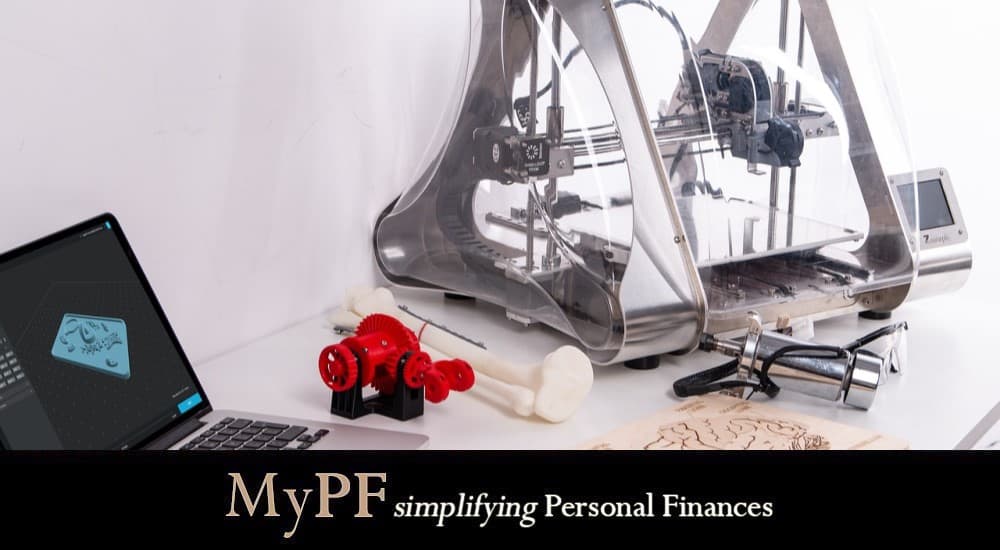The concept of crowdfunding has become more popular, gathering like-minded individuals to invest in a product, no matter how small the amount invested.
Crowdfunding involves gathering modest contributions from many people to fund a new business endeavor, which is similar yet different from peer-to-peer lending. This method leverages the widespread reach of social media and specialized crowdfunding platforms to connect investors with entrepreneurs.
By doing so, it has the potential to enhance entrepreneurial activity, broadening the investor base beyond the usual scope of founders, family members, and venture capitalists.
Contents
Types of Crowdfunding
When considering where to invest in crowdfunding, it’s essential for investors to understand the four primary types of crowdfunding, each offering distinct opportunities and considerations.
#1. Reward-Based Crowdfunding
Commonly referred to as seed crowdfunding, this type involves investing in a project in exchange for rewards, which could range from products to services. For instance, if investing in a clothing business, an investor might receive a free sweatshirt at a certain contribution level. Kickstarter is a prominent platform facilitating this type of crowdfunding.
#2. Equity-Based Crowdfunding
This approach allows investors to receive shares in a company in exchange for their financial backing. It’s an opportunity to gain a stake in a potentially growing business. Platforms like Wefunder specialize in this form of crowdfunding, offering a different model than platforms like Kickstarter.
#3. Debt-Based Crowdfunding
Functioning similarly to traditional loans, this type of crowdfunding means investing money that will be repaid with interest. However, some platforms, such as Kiva, offer unique propositions like interest-free microloans.
#4. Donation-Based Crowdfunding
This model is based on purely philanthropic contributions to support a startup or a project, with investors not receiving tangible rewards, products, or equity in return. This form of crowdfunding is more about supporting causes or ideas that investors believe in, rather than seeking financial returns.
As an investor, understanding these different crowdfunding models is crucial for making informed decisions that align with personal investment goals and risk tolerance.
Advantages and Disadvantages
Let’s dive into the pros and cons associated with crowdfunding investments.
Pros
- Potential for High Returns: Early investments in startups through crowdfunding can potentially yield high returns, especially if the business becomes successful. This is akin to being an early investor in a now-successful company.
- Diversification of Investment Portfolio: Crowdfunding allows investors to diversify their portfolios by investing in a variety of projects, ranging from innovative startups to social initiatives. This diversification can mitigate risk as the investor’s funds are not tied up in a single venture.
- Lower Entry Barriers: Typically, crowdfunding platforms have lower minimum investment requirements compared to traditional investment methods, making them more accessible to a wider range of investors.
- Supporting Innovation and Entrepreneurship: Crowdfunding allows investors to support innovative products and ideas that might struggle to find funding through traditional channels. It also enables backing social causes and aligning investments with personal values.
- Market Validation and Engagement: For investors interested in more than just financial returns, crowdfunding provides a way to gauge market interest and engage directly with entrepreneurs and other backers.
Cons
- High Risk of Failure: Many crowdfunding projects, particularly in the startup realm, are high-risk ventures. A significant percentage of startups fail which could result in the total loss of invested capital.
- Lack of Liquidity: Investments made through crowdfunding are typically illiquid. This means that investors may not be able to easily sell or trade their shares, especially in the short term.
- Limited Control and Oversight: Investors in crowdfunding projects usually have little to no control over the management of the project or company they invest in. There is also limited regulatory oversight, which can increase the risk of fraud or mismanagement.
- Overestimation of Ability: Project creators might overestimate their ability to deliver on their promises, leading to delays, subpar products, or complete failure to deliver.
- Market Saturation and Competition: With the growing popularity of crowdfunding, there is a risk of market saturation. The sheer number of projects can lead to competition for investor attention and funds, potentially affecting the success rate of campaigns.
The Good, the Bad, and the Ugly
Let’s wrap up with some real-life examples of how crowdfunded projects can unfold. These crowdfunded projects – Oculus VR, Ouya, and Peachy Printer – illustrate the diverse outcomes in the world of crowdfunding.
Oculus VR emerged as a resounding success, transforming a robust crowdfunding campaign into a multi-billion-dollar acquisition by Facebook. In contrast, Ouya and Peachy Printer highlight the challenges and risks associated with crowdfunding.
Ouya’s failure stemmed from product and customer service issues, while Peachy Printer collapsed due to the misappropriation of funds by a key stakeholder. These stories underscore the potential for both remarkable success and significant setbacks in crowdfunding ventures.
#1. Oculus VR
Oculus VR, founded by Palmer Luckey, is one of the most notable success stories in the crowdfunding sphere. The company initiated its crowdfunding campaign in 2012 when Luckey was just 20 years old.
The campaign ended with over 9,500 backers, raising more than $2.4 million. This was one of the biggest crowdfunding success stories at the time, highlighting the immense potential of crowdfunding in launching innovative technology.
Oculus VR’s success didn’t stop with the crowdfunding campaign. In 2014, Facebook acquired the company for a staggering $2 billion, showcasing the enormous value and market potential that crowdfunded projects can achieve.
#2. Ouya
Ouya, an Android-based micro console, arrived in 2013 backed by significant hype and a highly successful Kickstarter campaign. It was one of the most interesting developments in gaming and crowdfunding at the time.
The Ouya console faced several issues that led to its downfall. Customer support from Boxer8 (later Ouya Inc.) was criticized for being slow and unresponsive to user concerns. The quality of the console and its marketplace was low, with a limited selection of subpar games, many of which seemed unfinished. Hardware-wise, the console was fragile, and the user interface was sluggish. The controller, despite its ergonomic design, suffered from poor build quality, with common issues like inaccurate analog sticks and buttons that would get stuck, impacting the overall user experience.
The Ouya console was not well-received, and the person recounting their experience mentioned selling it after only four or five months due to its numerous problems.
#3. Peachy Printer’s
The Peachy Printer, launched as a Kickstarter campaign in 2013, was envisioned as a groundbreaking $100 stereolithography 3D printer. Its innovative design, which used a method of floating resin on salt water to create layers of a 3D object, marked it as a game-changing product in the realm of 3D printing.
The campaign was initially a huge success, raising over $650,000, significantly surpassing its $50,000 goal. This made it one of the most successful 3D printer Kickstarter campaigns at the time. However, the Peachy Printer story took a dramatic turn. Rylan Grayston, the creator, revealed that his business partner and investor, David Boe, had embezzled over $300,000 of the Kickstarter funds to build a house.
While the project’s innovative concept garnered significant support and excitement, the misappropriation of funds by one of the key figures led to its downfall, highlighting the vulnerabilities in crowdfunding ventures.
Conclusion
Crowdfunding is a dynamic and evolving platform for investment. It offers unique opportunities for diversification, supporting innovation, and potentially high returns.
However, the risks associated with startup failure, lack of liquidity, and limited control cannot be overlooked. Investors considering crowdfunding should perform due diligence, understand the risks involved, and consider how these investments fit into their broader investment strategy.
As with any investment, a balanced approach, and a clear understanding of one’s risk tolerance are key.
Have you invested in a crowdfunding project before? Let us know in the comments down below.













Leave A Comment